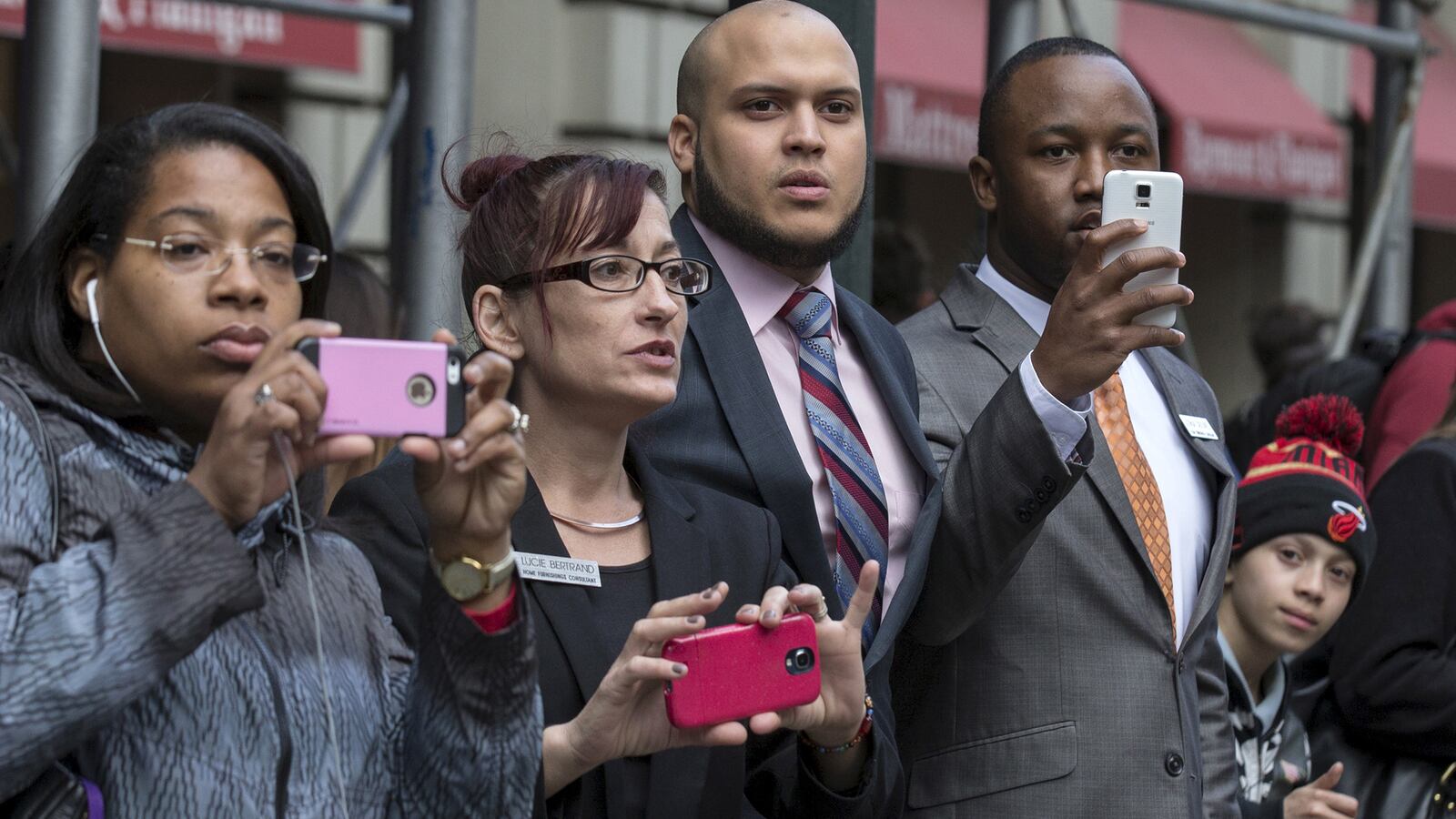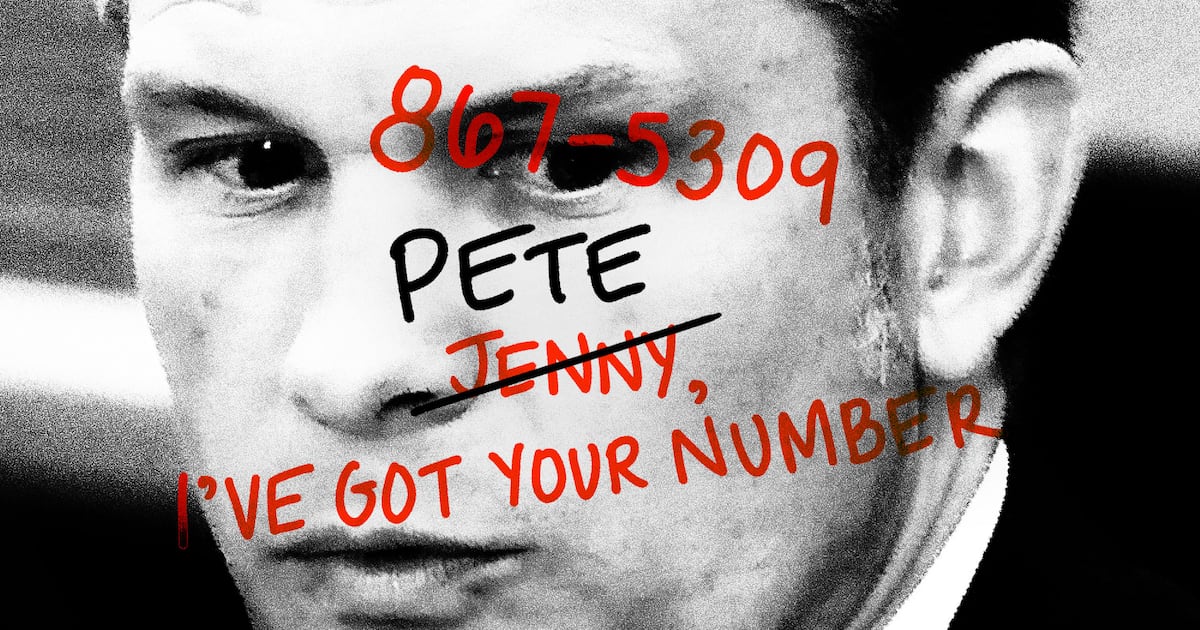A recent Gallup poll revealed that only 40 percent of Americans trust the mass media to report the news fully, fairly and accurately, and according to a new scholarly study, that's an all-time low. This distrust of the media, combined with political cynicism, means that an increasing number of news consumers believe citizen journalism is more credible than the mainstream media.
This should come as no real surprise, given:
—The recent revelation that NBC News anchor Brian Williams embellished tales about his reporting exploits at least 11 times.
—The bogus Rolling Stone story, which accused members of a University of Virginia fraternity of a gang rape during a party.
—Bill O’Reilly’s credibility—such as it was—torn to shreds, thanks to questions raised regarding his reporting from hotspots like Argentina and Northern Ireland.
—And the realization that citizens who posted photos, film and interviews on social media about the chaos in Baltimore often provided more information than traditional news sources.
“Scandals like the Rolling Stone scandal have had a huge impact” on MSM credibility, says Katie Hawkins-Gaar, a member of the Digital Innovations Faculty at the Poynter Institute. “In a time when these traditional media outlets are trying to reach an audience, these scandals are coming to light, and it’s not helping at all.”
Matthew Barnidge, a Ph.D. candidate at the University of Wisconsin and one of the authors of “Cynics and Skeptics: Evaluating the Credibility of Mainstream and Citizen Journalism,” writes in his paper that, “Cynics and skeptics perceive citizen journalism as more credible, while non-cynics and non-skeptics think mainstream journalism is more credible.”
But while it might be easy for the cynics to dis the MSM, its failures don’t automatically mean journalism driven by non-professionals is any better.
The switch from traditional to non-traditional news sources is most pronounced among younger consumers—more than 30 percent of adults under 30 get their news from social networks, and only 13 percent read print or digital versions of newspapers. And a full 20 percent of all Americans now get their news from social media sites like Facebook, where the sharing of bogus information, unsubstantiated rumors and urban myths is widespread.
With these non-traditional media, Barnidge askes, “the question becomes what’s the quality of that information? Is it accurate? Does it help us have a constructive conversation about important issues? Or is it the kind of information that will pull us apart, that will provide alternative versions of the truth?”
Hawkins-Gaar says the citizen journalism is “tough to define, because there are so many different levels. You have bloggers, who in some cases are doing great journalism. Then there is citizen journalism which is user generated content, where people find themselves in the middle of breaking news. In those cases, that can’t stand on its own, you need the pro journalist to help give context and verify these photos and videos and give the actual reporting of what’s going on.”
This has certainly been the case in places like Syria, where all sides of the conflict have used friendly “citizen journalists” to push a favorable narrative, such as seen in various chemical attacks posted on YouTube by “journalist” affiliated with either the rebels or the Assad regime. Given the dangers of the war zone—at least 80 have been killed there since 2011—it’s almost impossible to determine the truth of any report not produced by a reputable media source.
Closer to home, citizen journalists have had their own #epicfails, most notably the tragic hounding of innocent families following the Boston Marathon bombing. In the hours and days after the attack, many incendiary and irresponsible threads at Reddit and other sites wrongfully named an innocent high school student and a missing college student as the culprits before Tamerlan Tsarnae was killed by police and his brother, Dzhokhar, apprehended.
“It’s hard to know who to trust,” says Barnidge, “and most of the information you see from non-professionals is not based on anything.”
“Credibility now becomes a huge issue,” says D. Jasun Carr, a professor of digital media at Idaho State, who co-wrote the “Cynics and Skeptics” paper (along with Byung Gu Lee and Stephanie Jean Tsang), “because it requires an increasing amount of media literacy on the part of the consumer. People are exposed to anything and everything that looks legitimate. It is a huge problem. There is a lack of fact-checking. It’s just reporting, no longer journalism, which means bringing it into a larger context.”
Of course, there are sites like Buzzfeed, Salon and this one, which practice traditional forms of journalism, and feed into what Carr calls “an increasing move towards online journalism that fits that old model of journalism. It’s mixing together national level news with community-oriented and culturally-based pieces that put things in a context people can relate to.”
And there are sites like Politifact and Snopes which have been established to fact-check both the MSM and the Internet. But, says Hawkins-Gaar, “there’s a lot of misinformation on the Internet, and I don’t think citizen journalism can stand on its own. It’s not only important for journalists to verify what’s true, but to debunk what’s not true. If you’re a regular consumer of the news, it’s hard to distinguish ‘this is definitely true, here’s an actual news story.’”
Because of this, Carr finds the media landscape “depressing.” But he thinks there is a ray of hope, thanks to a resurgence of media literacy. He sees people slowly but surely being able to sort through what’s reliable or biased, particularly on the part of those in their 30s and 40s who, he says, “have seen this rise in junk and have developed coping strategies.”
Barnidge suggests modern journalism, traditional and non-, would be well served by stepping back from the go-go, instant posting culture of the online world.
“The MSM could take a lesson from the fact checkers, and invest in being the arbiter of the public conversation,” he says. “Give that in-depth, analytical perspective that I think a large part of the news audience still wants.”





